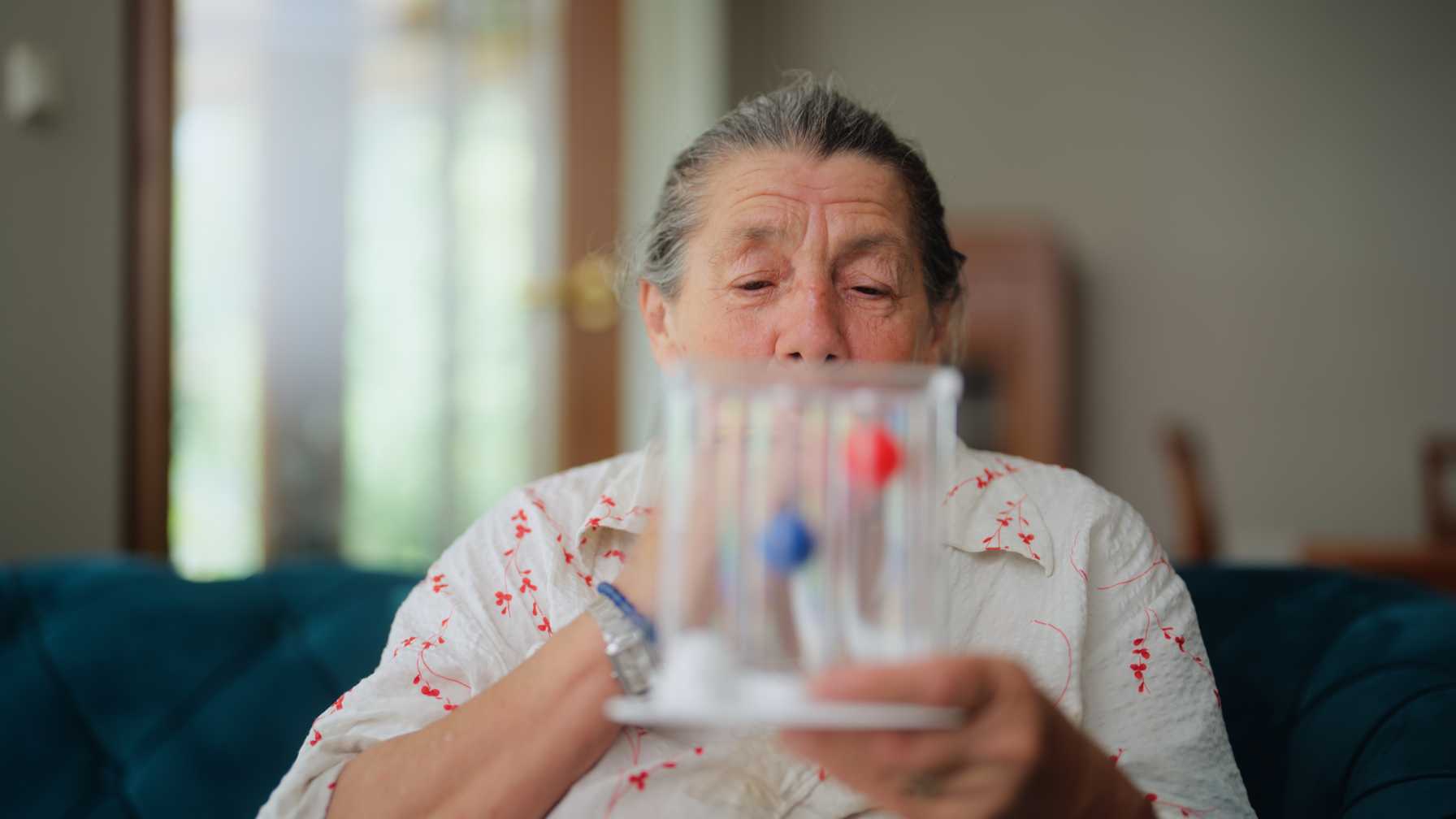Montefiore Einstein Anesthesiology-Led NIH Clinical Trial Focused on Interventions to Improve Postoperative Respiratory Outcomes
Co-designed by Dr. Matthias Eikermann, Montefiore Einstein Department of Anesthesiology Chair, and Dr. Marcos Vidal Melo, Chief of Cardiothoracic Anesthesiology at Columbia University Irving Medical Center, the trial included 20 medical centers nationwide and enrolled a total of 750 patients. The primary aim of the trial is to study if the interventions – compared to usual care – decreased high-risk patients’ risk of postoperative pulmonary complications.
PRIME-AIR stands for PEEP (positive end-expiratory pressure), Recruitment, Incentive spirometry, Muscle relaxant optimization, preoperative Education, postoperative early Ambulation, Individualized, and Reinforced. Dr. Michael Kiyatkin, Montefiore Einstein Attending Anesthesiologist and Quality Assurance Director for Critical Care, is the sub-principal investigator for the trial at Montefiore Einstein and has managed the trial’s logistics. This RCT is significant because it represents one of the first national, multi-center, NIH-funded studies that was led by anesthesiologists, Dr. Kiyatkin said.
“Receiving NIH funding and the collaboration of 20 medical centers are remarkable achievements,” Dr. Kiyatkin said. “It’s a complex trial, and it helped establish Montefiore Einstein as a key center in these multi-center networks, particularly one that can contribute with more diverse patients.”
The bundle interventions included five components throughout the perioperative period: 1) educating patients on incentive spirometry usage; 2) intra-operative targeted titration of positive end-expiratory pressure (PEEP); 3) intra-operative neuromuscular blockade titration and reversal; 4) aggressive use of incentive spirometer post-operatively; 5) aggressive early mobilization post-operatively.
Annika Witt, Research Fellow in the Montefiore Einstein Anesthesiology Research Lab, served as a research coordinator for the trial and was integral in ensuring the patients received their pre-operative and post-operative interventions, specifically utilizing the incentive spirometer. Most participating patients recovered in the hospital for four to five days after surgery, and patients receiving the interventions were required to utilize the incentive spirometer 100 times each day during recovery to expand their lungs. In addition, patients in the intervention group were firmly encouraged to meet early ambulatory goals starting on day of surgery with the patient getting out of bed and to a chair.
“In the PRIME-AIR study, patients in the intervention arm received education on incentive spirometry pre-operatively,” Ms. Witt said. “This education before surgery helps the patients know how to use it postoperatively, so we can effectively carry out this component of the postoperative interventions.”
Dr. Kiyatkin explained that the trial’s intraoperative interventions of customizing the PEEP titration to the specific patient as well as aggressive reversal of neuromuscular blockade agents have been shown in the body of literature conducted by Drs. Eikermann and Melo to be effective in reducing postoperative respiratory complications. These methods of conducting precision medicine, or targeted medicine, are essential in improving postoperative patient outcomes, he said.
“An important aspect of this study is that the authors wanted to make the trial as pragmatic and non-experimental as possible,” Dr. Kiyatkin said. “So instead of having an artificial control, they wanted to improve the relevance of the study today by having the usual care as the control group.”
Dr. Michael Rufino, Montefiore Einstein Attending Anesthesiologist in the Transplant Anesthesia Division, was tasked with carrying out the intraoperative interventions for patients in the intervention arm of the study. Most of the patients were undergoing procedures such as hepatectomy or Whipple procedures, and he said the PEEP titration for these patients was significantly different than the usual care provided in regard to positive-end expiratory pressure titration.
“Every hour we did a series of PEEP titration according to the protocol they set up for the study, so I would do that and record the data from it,” Dr. Rufino said. “I’m interested in seeing the data once the statistical analysis for the study is complete to see what impact this intervention had on patients.”
Ms. Witt said Montefiore Einstein’s contribution to the trial was significant because of the institution’s diverse cohort of patients. Of the 11 Montefiore Einstein patients who participated, four were Black and four were Hispanic. Recruiting a diverse group of participants was a goal of the study from the start and something that has become a focus of the NIH, the researchers explained.
“We had the infrastructure in place to recruit both English and Spanish speaking patients, which is different from most other sites,” Ms. Witt said. “30 percent of our patients were Spanish speaking, which is helpful for the diversity call of this study.”
In addition to the primary aim of the study to reduce postoperative pulmonary complications, the trial also contained a second aim to determine if the bundle interventions decreased lung inflammation. This will be determined by analyzing plasma levels of lung injury biomarkers through blood samples that were taken from the trial participants.
Throughout his career, Dr. Eikermann has published extensive research on perioperative lung care, collaborating with Dr. Melo when they both worked at Massachusetts General Hospital. Much of their research found that greater lung ventilation and a reduction of atelectasis during the perioperative period has an impact on postoperative respiratory function. As such, their prior research culminated in the PRIME-AIR study to further elucidate the impact of perioperative interventions on respiratory complications.
“I am very proud of the Montefiore Einstein Anesthesiology Department – we embraced this important trial and recruited a substantial number of patients,” Dr. Eikermann said. “The diversity of our patients in the Bronx also helps make sure that the voices of the population we serve is heard in clinical research."
Patient referrals
At Montefiore Einstein Anesthesiology, we know providing patients with the best possible care includes teamwork and trust. We work closely with our valued referring physicians to ensure open communication and reliable expertise.

